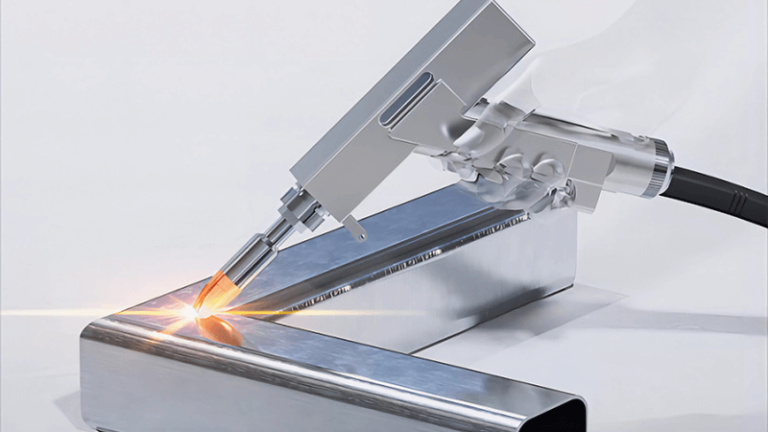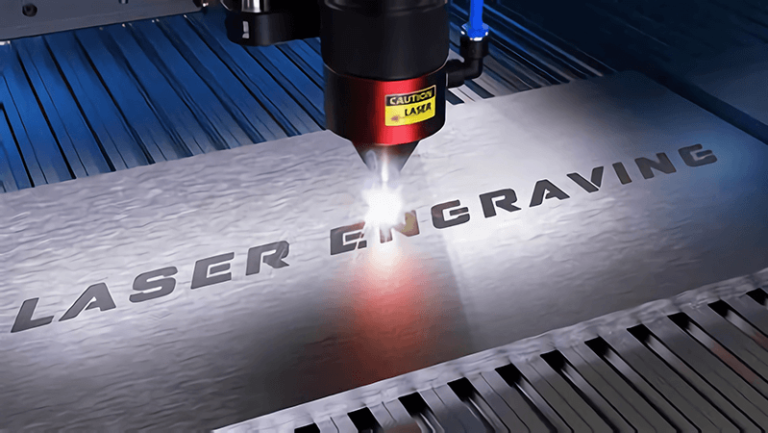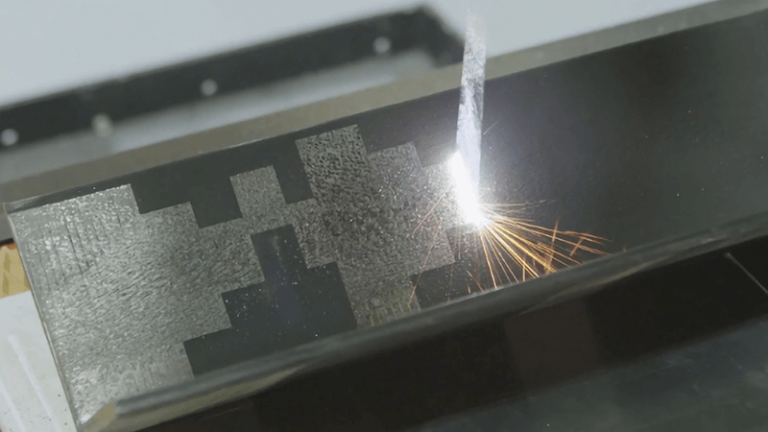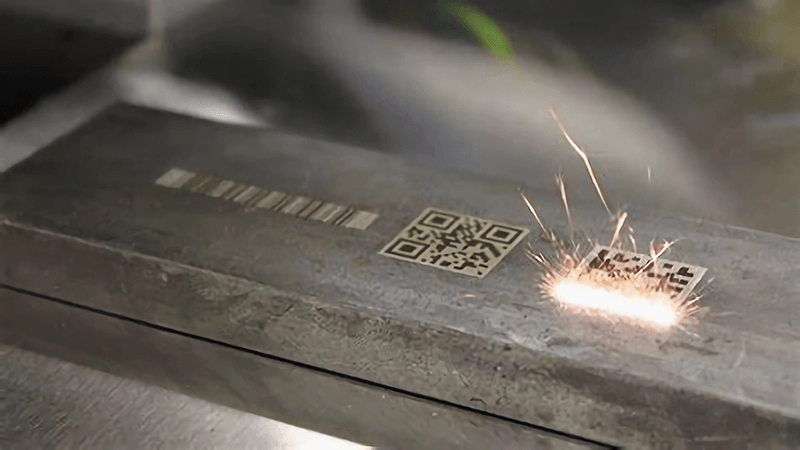
Introduction
Laser engraving is a cutting-edge technology that has revolutionized the way we personalize and mark materials. Whether you're in the business of creating custom gifts, industrial components, or intricate designs on various materials, laser engraving offers unmatched precision and versatility. By using a focused laser beam to burn or vaporize a material’s surface, this technique creates high-quality, permanent engravings.
As a Sales Engineer at Kirin Laser, I’ve seen firsthand how laser engraving can elevate business operations, improve product offerings, and open doors to creative possibilities. In this guide, I’ll break down how laser engraving works, its benefits, and how to choose the right machine for your needs.
Laser engraving involves using a focused laser to etch or mark materials like wood, metal, glass, and leather with high precision. Unlike traditional engraving methods, which rely on physical tools, laser engraving uses light energy to vaporize material surfaces, allowing for intricate designs and fast production speeds. There are different types of lasers—CO2, fiber, and diode—each suited for specific materials. When selecting a laser engraving machine, factors like power, speed, and the material being engraved play a crucial role.
While laser engraving has many advantages, such as high precision, low maintenance, and versatility in materials, it does come with some challenges, including higher initial costs and the complexity of software. It’s a powerful tool for businesses looking to offer customized products, streamline production, and enhance their branding.
If you're considering adding laser engraving to your business or just want to learn more about how it works, the next section will dive deeper into the benefits, challenges, and applications of laser engraving in various industries. Whether you're a small business owner or looking to upgrade your equipment, understanding the ins and outs of laser engraving is crucial to making an informed decision. Let’s explore how this technology can transform your production process and set your business apart from the competition.
What Is Laser Engraving?
Laser engraving is a process that uses a laser beam to etch or mark the surface of a material, creating designs or text. The precision and detail it offers make it ideal for everything from personalizing gifts to industrial applications. The laser works by vaporizing the top layer of the material, which creates a mark that’s both permanent and precise.
Laser engraving differs from traditional engraving methods like mechanical engraving or rotary engraving. While those methods rely on physical tools to cut into the material, laser engraving uses light energy to burn or vaporize the surface. This means fewer chances of distortion, faster production, and the ability to work with intricate designs that might be challenging for other methods.
Laser engraving requires physical tools to cut into the material.False
Laser engraving uses light energy to vaporize the material surface, unlike traditional methods that rely on physical tools.
Fiber lasers are ideal for engraving metals like stainless steel, aluminum, and brass.True
Fiber lasers are known for their precision and are the go-to option for engraving metals and other high-density materials.
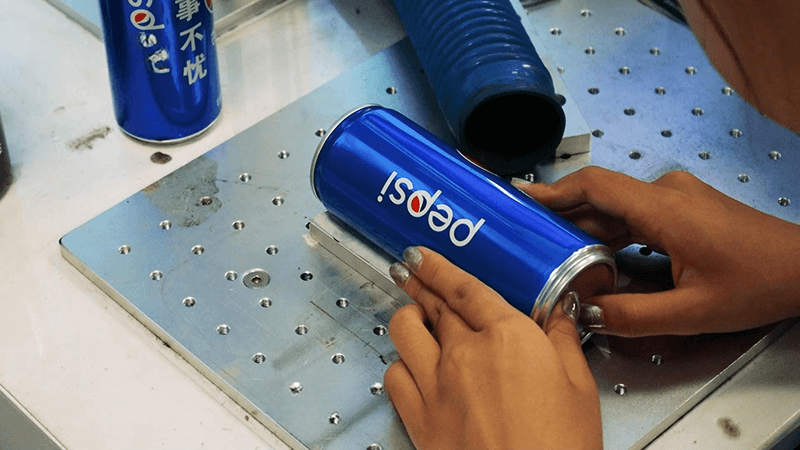
How Does Laser Engraving Work?
In simple terms, a laser engraving machine uses a laser to burn or etch designs onto a material. The laser’s intensity and focus determine how deep the engraving goes. Most laser engraving systems are controlled by advanced software that allows precise control over the engraving parameters, ensuring that every design comes out looking just right.
Laser machines can operate on a range of materials, including wood, metal, glass, acrylic, and even fabric. The ability to work with so many different materials makes laser engraving incredibly versatile, whether you're in the industrial sector or simply customizing a product for a customer. Here’s a summary of how it works:
-
Laser Beam Generation:
A laser engraving machine produces a highly concentrated beam of light focused onto the material’s surface, providing enough energy to heat the material rapidly. -
Material Interaction
The laser beam’s energy causes the material to either vaporize or melt:
- Vaporization: The intense heat causes the material to transition from solid to gas (sublimation), removing material cleanly and creating deep engravings.
- Melting: In metals, the heat may melt the material, with some of it solidifying around the engraving for distinct edges.
-
Controlled Movement
The laser’s movement is guided by computer software, following preset paths to create specific designs with high precision. -
Depth and Intensity Adjustment
Operators can adjust parameters like laser power, speed, and frequency to control the depth and effect of the engraving.
Types of Laser Engraving:
- Laser Ablation: Removes material through vaporization, ideal for detailed designs.
- Concave and Convex Engraving: The laser can produce raised (convex) or recessed (concave) patterns, depending on how it interacts with the material.
Types of Lasers Used in Engraving
Different types of lasers are used for engraving depending on the material and the level of precision required. The most common types are CO2 lasers, fiber lasers, and diode lasers.
- CO2 lasers: These are ideal for engraving organic materials like wood, leather, and acrylic. They provide high-quality results on non-metallic materials.
- Fiber lasers: These are the go-to option for engraving metals and other high-density materials. They are known for their precision and speed.
- Diode lasers: These are typically lower-powered lasers used for engraving on softer materials.
The choice of laser depends on what you're engraving, how much detail you need, and how quickly you need the job done.
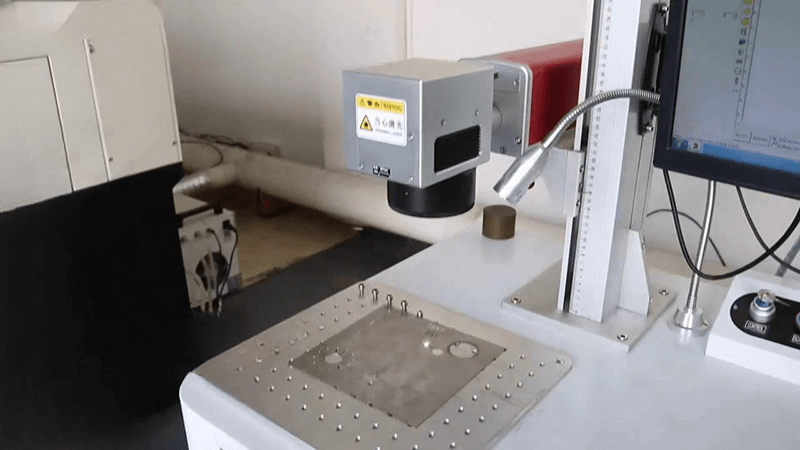
Laser Engraving vs. Other Methods: What’s the Difference?
When comparing laser engraving to traditional methods like rotary engraving or chemical etching, there are several clear advantages.
- Speed: Laser engraving is significantly faster than mechanical engraving.
- Precision: Lasers offer greater detail and accuracy, which is perfect for intricate designs or small fonts.
- No Physical Contact: Since the laser doesn’t physically touch the material, there’s less wear and tear, and no risk of the tool slipping.
Additionally, laser engraving offers the flexibility to easily adjust designs, which is much more complicated with traditional methods.
Choosing the Right Laser Engraving Machine
So, how do you choose the right laser engraving machine? It depends on your specific needs, such as the materials you're working with and the type of designs you want to create.
Key Considerations:
- Power: More power generally means the ability to engrave thicker materials or work at a faster rate. However, for delicate materials, lower power settings may be ideal.
- Speed and Accuracy: A machine’s speed and accuracy play a big role in the final product. Machines that are faster tend to have a higher throughput, which is essential for industrial applications.
- Size of the Work Area: Larger work areas provide more flexibility for larger projects but might require more space in your workshop.
A reliable laser engraving machine should offer a balance between power, speed, and accuracy. Popular models on the market include the KR-1500A for smaller, more detailed jobs, and the KR-2000 for larger projects requiring industrial precision.
Materials That Can Be Engraved
Laser engraving can be performed on a variety of materials, each with its own challenges and benefits. The choice of material directly affects the outcome and speed of the engraving process.
-
Wood: One of the most popular materials for laser engraving, especially for personalized gifts and decorative items. It's easy to engrave on and takes on a rich, warm aesthetic.
-
Metal: Fiber lasers are perfect for engraving metals like stainless steel, aluminum, and brass. Laser engraving on metals is highly precise, which makes it ideal for industrial applications such as serial numbers and barcodes.
-
Glass: A perfect choice for engravings that require a fine, detailed finish, like logos or intricate patterns.
-
Leather: Whether for fashion or custom gifts, leather engravings have a distinct, high-end look that appeals to many customers.
Benefits of Laser Engraving
- High Precision and Detail
Laser engraving is known for its precision. The laser beam is extremely fine, which means even the most intricate designs can be accurately reproduced. This is why it’s widely used for creating personalized gifts, custom signs, and highly detailed branding.
- Low Maintenance
Compared to traditional engraving methods, laser engraving machines require very little maintenance. There are no physical tools to replace or sharpen, and the machines generally have fewer moving parts, which reduces wear and tear.
- Versatility in Materials and Designs
Whether you're engraving wood, metal, acrylic, or glass, laser engraving offers remarkable versatility. You can create highly detailed designs on a variety of materials, making it a powerful tool for both industrial and artistic purposes.
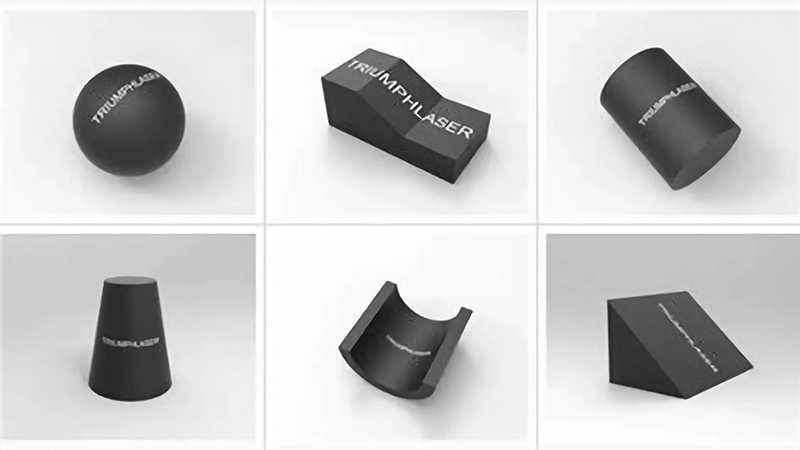
Challenges in Laser Engraving
Despite its many benefits, laser engraving does come with some challenges.
- Initial Investment Costs
Laser engraving machines can be a significant investment, especially the more advanced models with high-powered lasers. However, this cost is usually offset by the long-term efficiency, precision, and durability they offer.
- Material Limitations
Not all materials are suitable for laser engraving. Some, like certain plastics, may release harmful fumes when engraved, while others may not engrave as deeply as desired.
- Software Complexity
While the engraving machine itself is straightforward to operate, the software that controls the laser can be complex. Learning how to design and set up files for engraving might take some time, especially if you’re new to the technology.
Laser engraving can be done on materials such as wood, metal, glass, and leather.True
Laser engraving is highly versatile and can be used on various materials, including wood, metal, glass, and leather, each providing unique engraving results.
Laser engraving machines require frequent maintenance and tool replacement.False
Laser engraving machines require minimal maintenance compared to traditional engraving methods, as there are no physical tools to replace or sharpen.
Laser Engraving for Business: Boosting Your Operations
Laser engraving machines are not just for hobbyists—they can be a powerful tool for businesses, especially those in industries like manufacturing, jewelry, and personalized products. Adding laser engraving capabilities to your business can increase product offerings, improve custom services, and streamline production processes.
For example, laser engraving is often used in the creation of branded merchandise, custom parts, and even personalized gifts. The ability to engrave detailed logos, serial numbers, and designs on a variety of materials gives businesses a competitive edge, attracting customers who are looking for unique and tailored products.
Conclusion
Laser engraving is a versatile, precise, and efficient way to mark or personalize products. With the right laser machine, you can engrave a wide range of materials, from metals to wood to glass. It’s an investment that can not only enhance your production but also open new doors for creativity and customization. If you're looking to make your business stand out with high-quality engraving, investing in a laser engraving machine is a step in the right direction.
Feel free to reach out to us at Kirin Laser for expert guidance on choosing the right laser engraving machine for your needs!
References:
- "How Are Laser and Engraving Machines Transforming Custom Manufacturing?", from Kirin Laser.
- "A Complete Guide to Laser Marking Stainless Steel", from Kirin Laser.
- "How Are Laser Marking Machines Revolutionizing Art and Manufacturing?", from Kirin Laser.
- "How Laser Engraving Transforms Industrial Manufacturing", from Kirin Laser.
- "A Comprehensive Guide to Laser Engraving", from Xometry.


